Fleeting Footsteps: Tracing The Conception Of Arithmetic And Algebra In Ancient China
The Hindu-Arabic numeral system (1, 2, 3, …) is one of mankind's greatest achievements and one of its most commonly used inventions. How did it originate? Those who have written about the numeral system have hypothesized that it originated in India; however, there is little evidence to support this claim.This book provides considerable evidence to show that the Hindu-Arabic numeral system, in spite of its commonly accepted name, has its origins in the Chinese rod numeral system. This system was in use in China from antiquity till the 16th and 17th century. It was used by officials, astronomers, traders and others to perform addition, subtraction, multiplication, division and other arithmetric operations, and also used by mathematicians to develop arithmetic and algebra.Sun Zi Suanjing (The Mathematical Classic of Sun Zi) written around 400 AD is the earliest existing work to have a description of the rod numerals and their operations. With this treatise as a central reference, the first part of the book discusses the development of arithmetric and the beginnings of algebra in ancient China and, on the basis of this knowledge, advances the thesis that the Hindu-Arabic numeral system has its origins in the rod numeral system. Part Two gives a complete translation of Sun Zi Suanjing.
{{comment.content}}
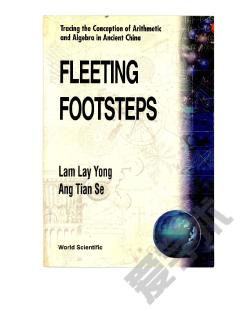
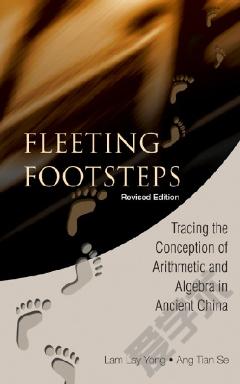
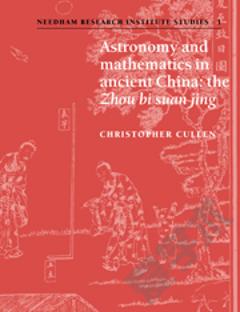
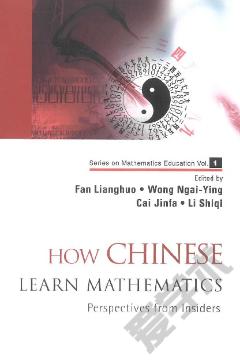


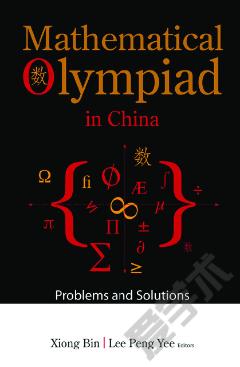

 京公网安备 11010802027623号
京公网安备 11010802027623号